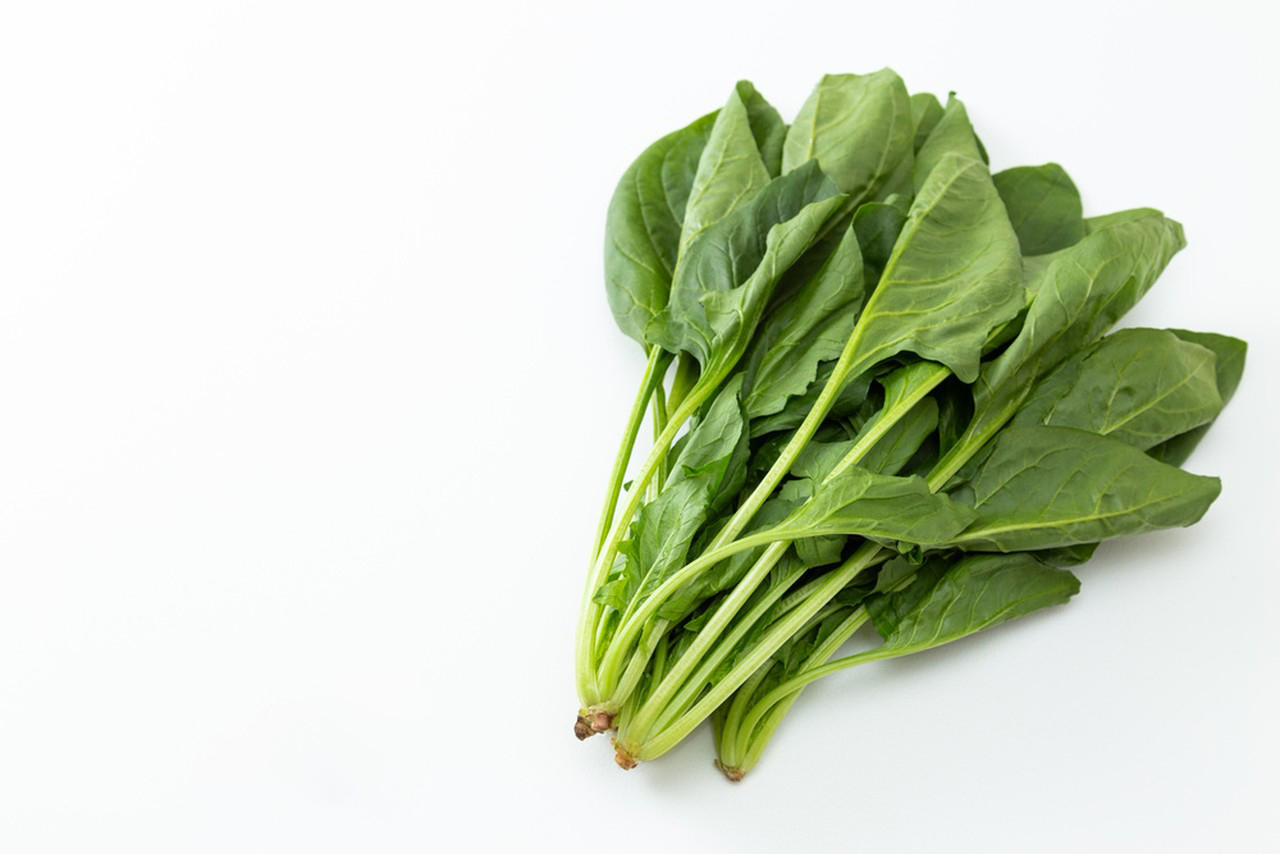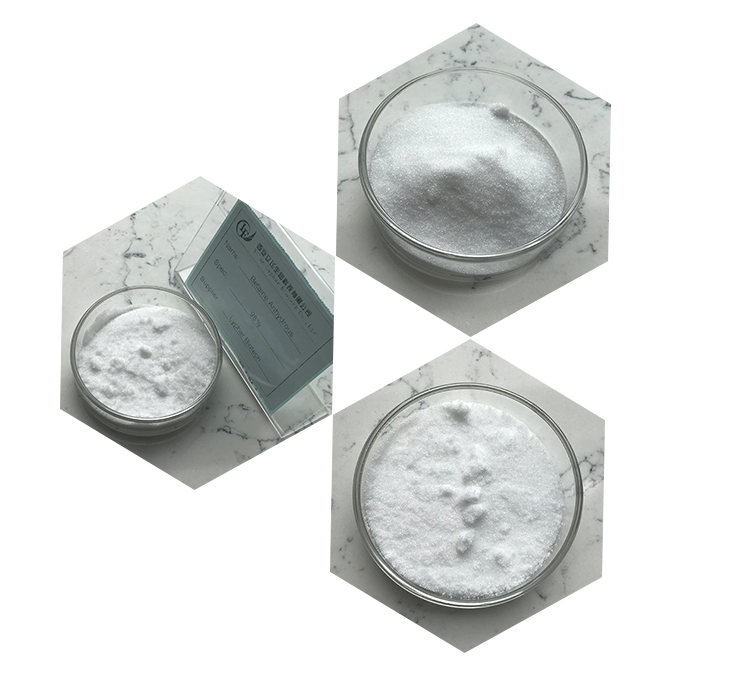The production of Betaine involves either the extraction from natural sources like sugar beets or synthetic methods in a lab. Betaine (trimethylglycine) is a naturally occurring compound found in various plants, animals, and microorganisms, and is used widely in industries like cosmetics, food, animal feed, and pharmaceuticals.
Here’s a breakdown of the production process:
1. Extraction from Natural Sources (Sugar Beets)
Sugar beets are one of the richest natural sources of betaine. The extraction of betaine from sugar beets involves several steps:
a. Harvesting and Washing
Sugar beets are harvested and thoroughly washed to remove dirt, debris, and other impurities before further processing.
b. Juicing
The washed sugar beets are sliced and crushed to extract the beet juice. This juice contains betaine, sugar, and other water-soluble components.

c. Sugar Extraction
The juice is processed through a series of steps to separate sugar from other compounds. The sugar is removed by crystallization, leaving a by-product called molasses.
d. Betaine Separation
The molasses, which contains a higher concentration of betaine, is treated to separate betaine from other compounds. This is typically done using ion-exchange chromatography or other separation techniques such as liquid-liquid extraction.
e. Purification
Once separated, betaine undergoes purification processes to remove any residual impurities and improve the concentration of the final product.
f. Drying and Crystallization
Betaine is then crystallized, dried, and packaged for use in various industries.
2. Synthetic Production
Betaine can also be produced synthetically through a chemical process. One common method is to synthesize it from trimethylamine and chloroacetic acid.
a. Reaction of Trimethylamine and Chloroacetic Acid
Trimethylamine reacts with chloroacetic acid in an aqueous solution, forming a betaine zwitterion. The reaction is controlled to produce the desired betaine compound.
b. Neutralization
The resulting betaine is neutralized using a base, such as sodium hydroxide, to stabilize the compound.
c. Purification
The betaine is purified to remove any by-products or residual reactants, typically using techniques like crystallization or distillation.
d. Drying and Crystallization
The purified betaine is dried and crystallized into the final product for commercial use.

Applications of Betaine
- Cosmetics and Personal Care: Used as a humectant and surfactant in skin and hair care products.
- Food and Beverage: Acts as a food additive to improve water retention and texture.
- Animal Feed: Enhances growth performance and improves digestion in livestock.
- Pharmaceuticals: Helps in treating homocystinuria and other metabolic disorders.
Both methods, natural extraction from sugar beets and synthetic production, offer different advantages depending on the desired purity, production scale, and end-use application.
